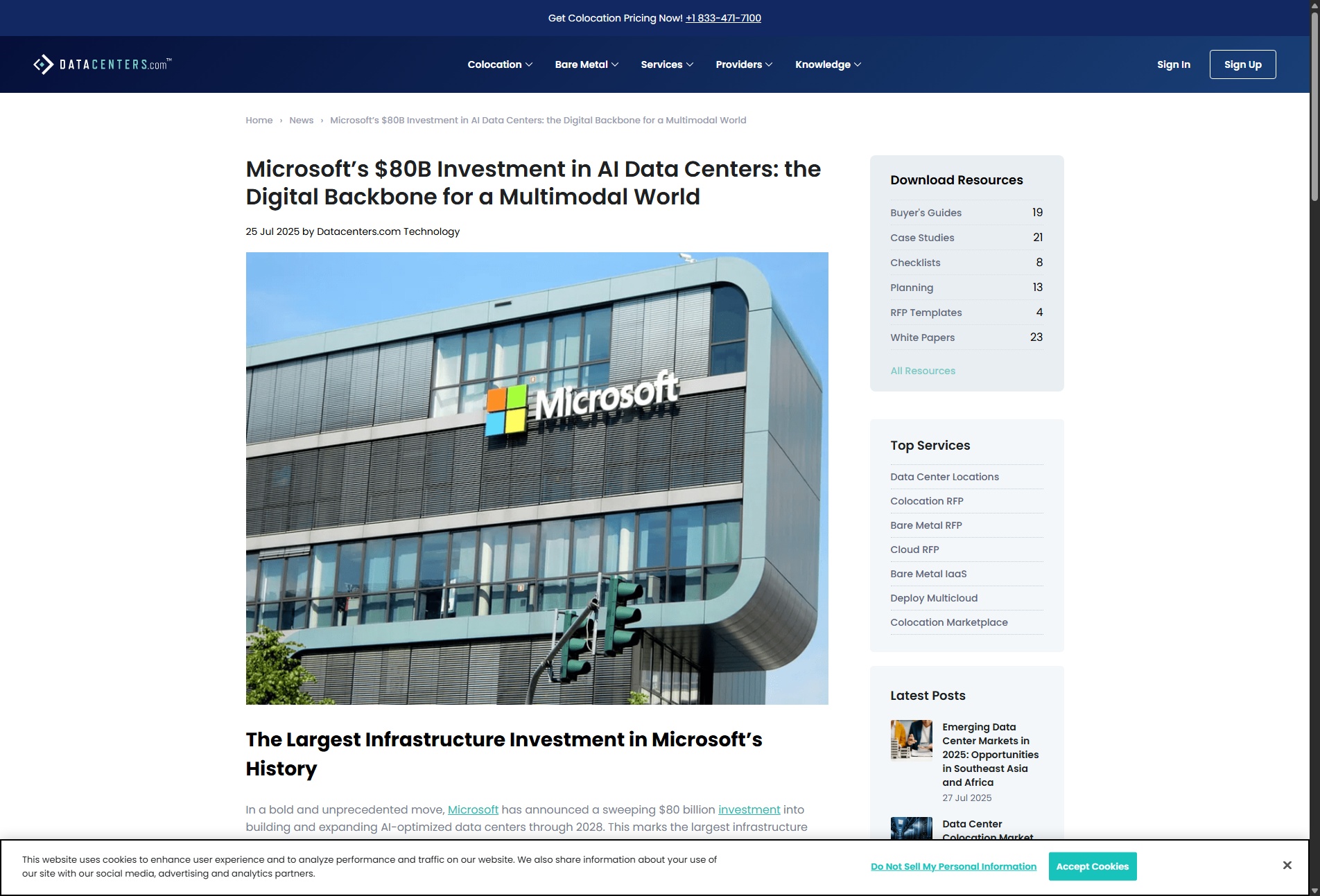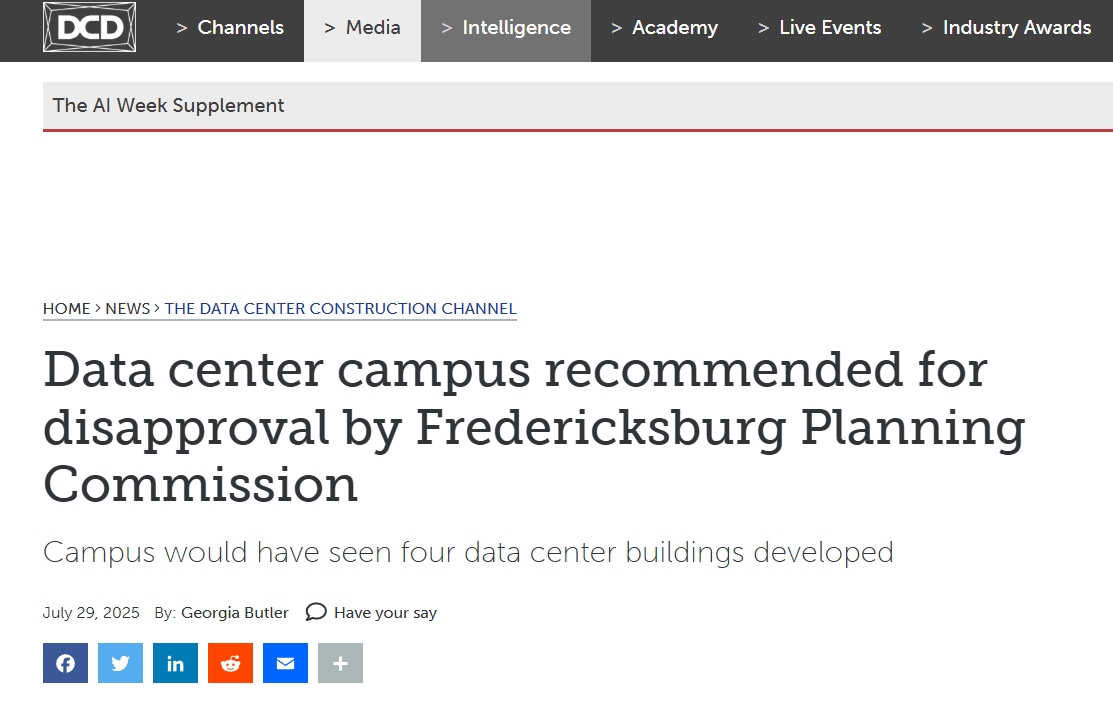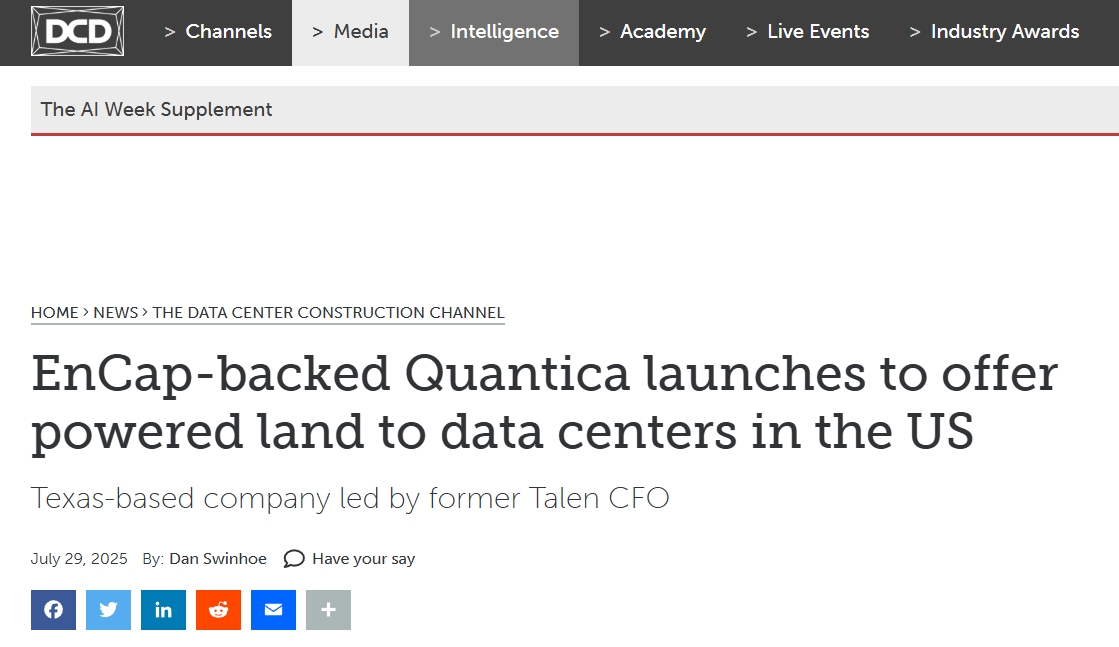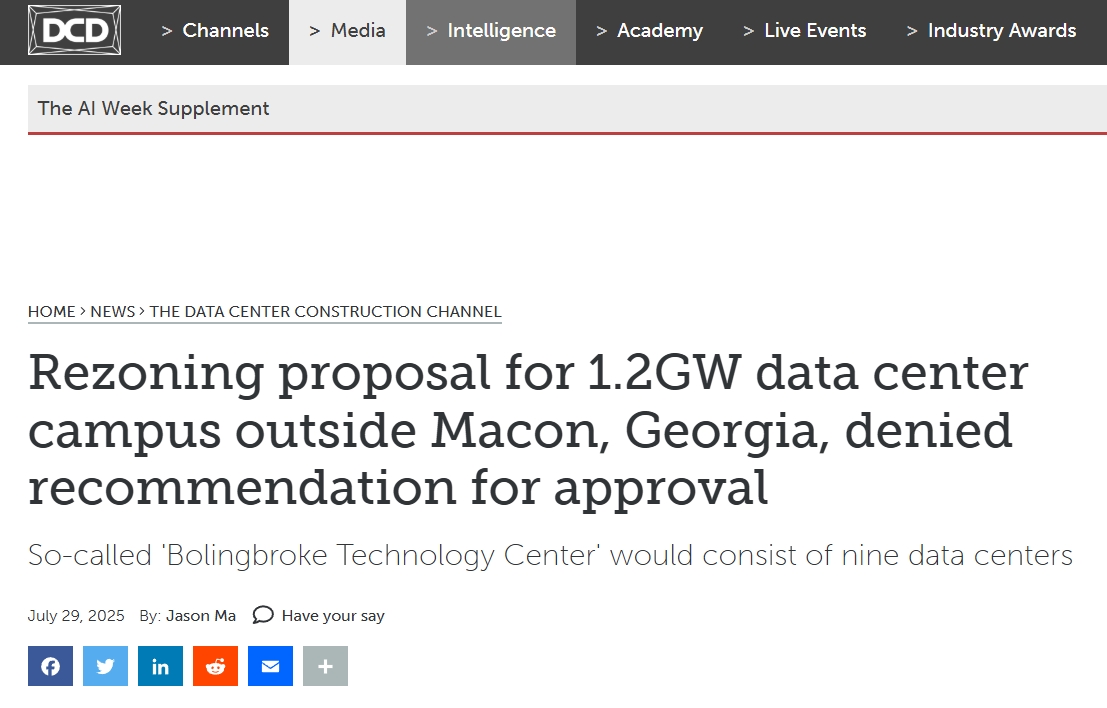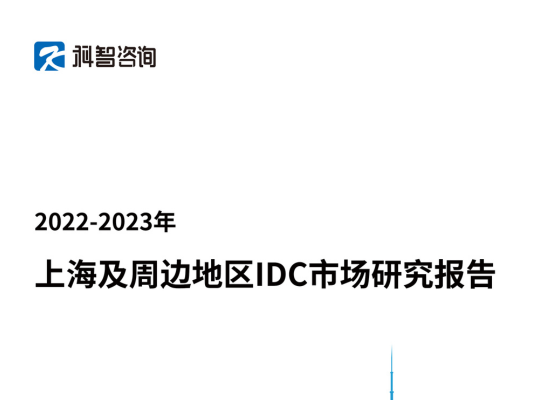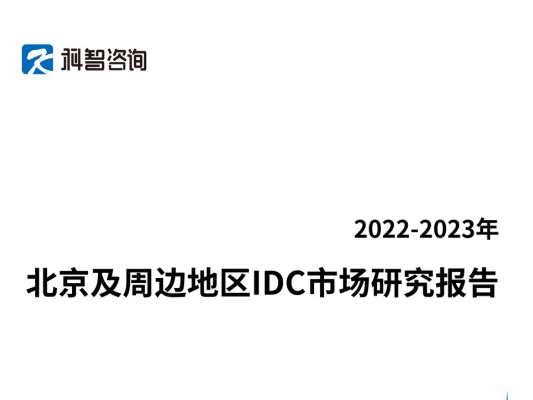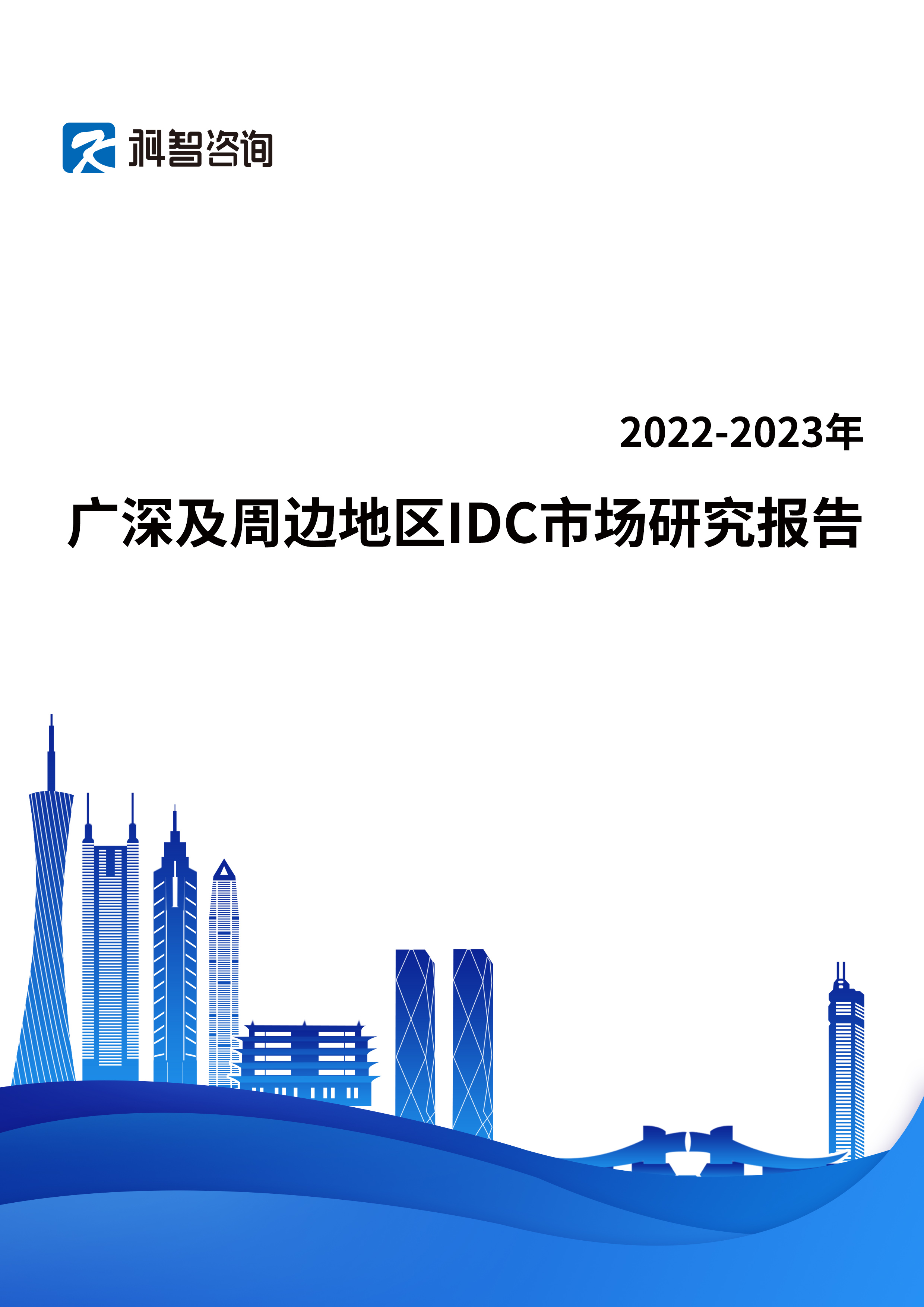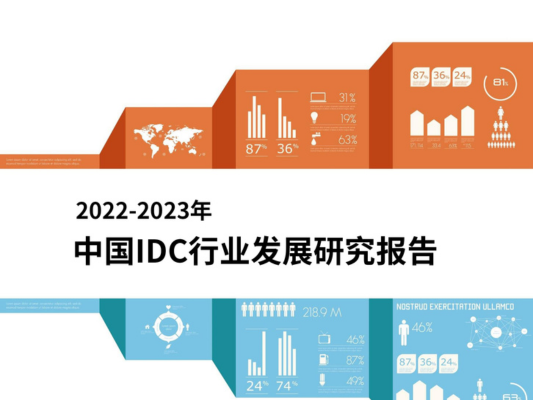The Largest Infrastructure Investment in Microsoft’s History
In a bold and unprecedented move, Microsoft has announced a sweeping $80 billion investment into building and expanding AI-optimized data centers through 2028. This marks the largest infrastructure commitment in the company’s history—more than double what it spent on Azure between 2018 and 2022 combined.
At the center of this expansion is Microsoft’s aggressive bet on multimodal AI, sovereign cloud, Copilot at scale, and a redefined version of enterprise productivity powered by custom silicon and tightly integrated infrastructure.
What began as a partnership with OpenAI in 2019 has now become a global strategy to own the AI stack end-to-end—from silicon and software to the fiber routes and cooling towers that make intelligence usable and fast.
This blog dives into what Microsoft is building, where the capital is going, and how this investment is set to redefine the cloud wars, the AI economy, and the future of work.
Where the $80 Billion Will Go
Microsoft’s roadmap includes a multi-layered infrastructure strategy across three core tracks:
1. Hyperscale AI Data Centers ($50B)
Over 25 new Azure regions across North America, Europe, Asia, and Africa
Buildouts focused on liquid-cooled, high-density GPU clusters
Modular design with Microsoft’s custom Maia 100 and Maia 200 chips
Facilities engineered for multi-modal model training, retrieval, and inferencing
2. Edge and Sovereign Clouds ($20B)
Dedicated AI clusters inside sovereign cloud environments for government and regulated industries
AI data centers in India, France, UAE, Japan, and Brazil tailored for national LLMs
“Copilot Edge Pods” deployed inside manufacturing plants, hospitals, and airports for on-premise AI services
3. Energy and Sustainability Systems ($10B)
On-site solar, wind, and battery storage
Advanced immersion cooling and hydrogen-ready generators
Carbon-negative water usage via recycling and rain capture
Smart grid partnerships with utilities for compute-aware energy flows
Microsoft’s goal isn’t just to expand—it’s to build sustainably and at a speed that matches AI demand.
Fueling Copilot and the AI-Powered Enterprise
Much of this investment is designed to support Microsoft’s vision for the AI-powered workplace, anchored by:
Microsoft Copilot in Word, Excel, Outlook, Teams, and PowerPoint
Azure OpenAI Service, which now powers thousands of apps and workflows
Security Copilot, Microsoft's AI for threat detection and incident response
Dynamics 365 Copilot, reimagining CRM and ERP with embedded AI
Each of these services relies on real-time inference, data retrieval, and elastic scaling—demands that far outstrip the infrastructure Microsoft had in place even two years ago.
In 2025, Copilot usage is approaching 1 billion queries per day, requiring:
Low-latency inference across distributed nodes
Multi-region deployment for compliance and redundancy
Optimized storage and vector retrieval infrastructure
This is no longer “cloud as compute”—it’s infrastructure as a real-time knowledge engine.
Microsoft’s Custom Silicon: Maia and Cobalt
A key driver behind the $80B investment is Microsoft’s push toward vertical integration. Like Apple’s A-series chips or Google’s TPUs, Microsoft is now designing its own AI processors:
Maia
Built for AI model training and inference
Supports FP8, BF16, and INT8 mixed-precision workloads
Direct interconnect with Azure HBM and SSD subsystems
Scales up to 20 PFLOPs per server rack
Cobalt
Optimized for general-purpose compute and Copilot workloads
Power-efficient design tailored for Office and enterprise inference
Integrated NPU for edge deployments
These chips are being deployed in Microsoft’s new data centers and are expected to replace 25% of NVIDIA dependency over the next three years.
Strategic Partnerships and Ecosystem Integration
Microsoft isn’t doing this alone. It’s working with:
TSMC for chip production and packaging
Equinix and Digital Realty for colocation spillover capacity
CoreWeave to scale OpenAI workloads beyond Azure
Capgemini, Infosys, and Accenture to deliver Copilot integrations at enterprise scale
This investment is enabling not just capacity, but go-to-market readiness, with partners trained to bring AI into every vertical: healthcare, manufacturing, law, finance, education, and logistics.
Location Highlights: Where the Money Is Going
Several flagship data center projects are underway:
Des Moines, Iowa: $10B GPU megacluster, supported by wind PPAs
Odense, Denmark: Carbon-neutral AI campus connected to district heating
Hyderabad, India: AI and sovereign cloud region for the Indian subcontinent
Arlington, Virginia: Joint facility with OpenAI for classified model research
São Paulo, Brazil: Edge-AI hub with GPU inference for fintech and commerce
Each site is engineered for density, modularity, and compliance with regional AI laws, including GDPR, India’s DPDP, and Brazil’s LGPD.
Sustainability and Grid-Aware Compute
AI infrastructure is under scrutiny for its environmental footprint. Microsoft’s response is to go beyond neutrality:
Carbon-negative by 2030, including scope 3 emissions
Water-positive through closed-loop and atmospheric water capture
Grid-aware scheduling to reduce strain during peak hours
Onsite energy generation to buffer against grid outages and emissions peaks
New data centers will publish real-time dashboards of energy use, carbon output, and AI workload types—setting a new standard for transparency.
Competitive Positioning: The Cloud War Escalates
With this investment, Microsoft is aiming to:
Outscale Google in sovereign AI infrastructure
Match or exceed AWS in AI-ready data center capacity
Establish architectural control from chip to application layer
Set the benchmark for enterprise AI adoption via Copilot
The company believes that AI isn’t a workload—it’s the next operating system. And building the compute foundation for that OS is priority one.
The Future: Infrastructure as Strategic Leverage
AI is shifting from R&D to reality. It’s being embedded in every layer of business, and it demands infrastructure that is fast, global, secure, and sustainable.
Microsoft’s $80 billion commitment isn’t just a bet on technology—it’s a bet on controlling the foundation upon which the next generation of digital services will be built.
By owning the stack from Maia silicon to Copilot experiences, Microsoft is attempting to become the most indispensable infrastructure provider in the AI era—and perhaps the most valuable.

